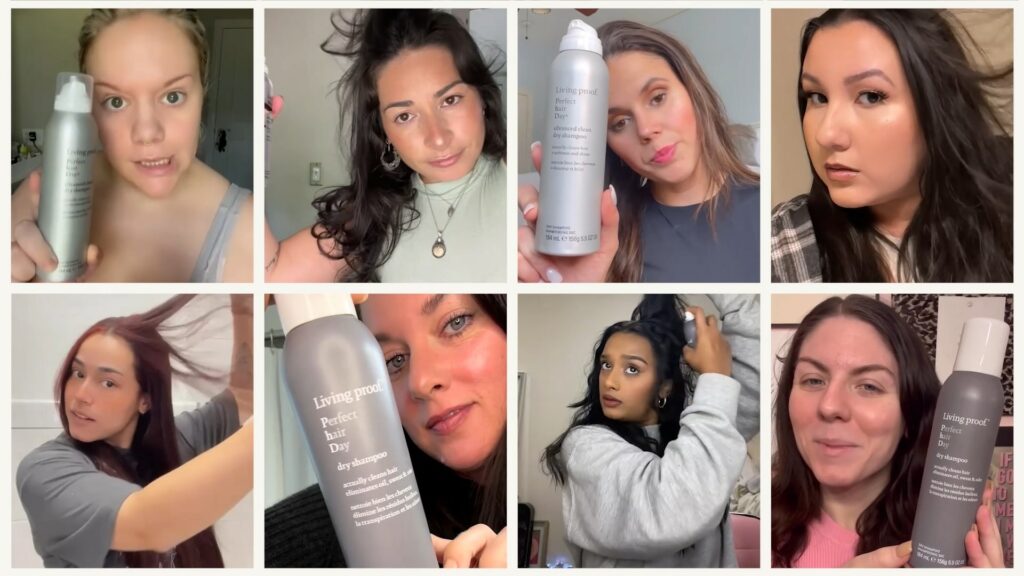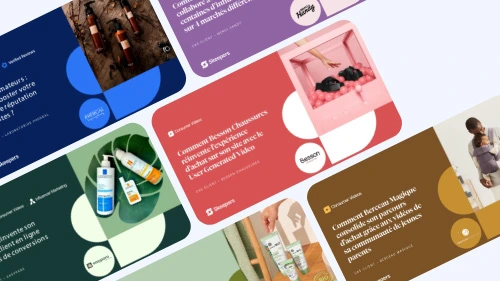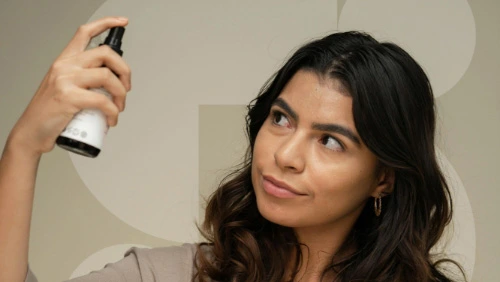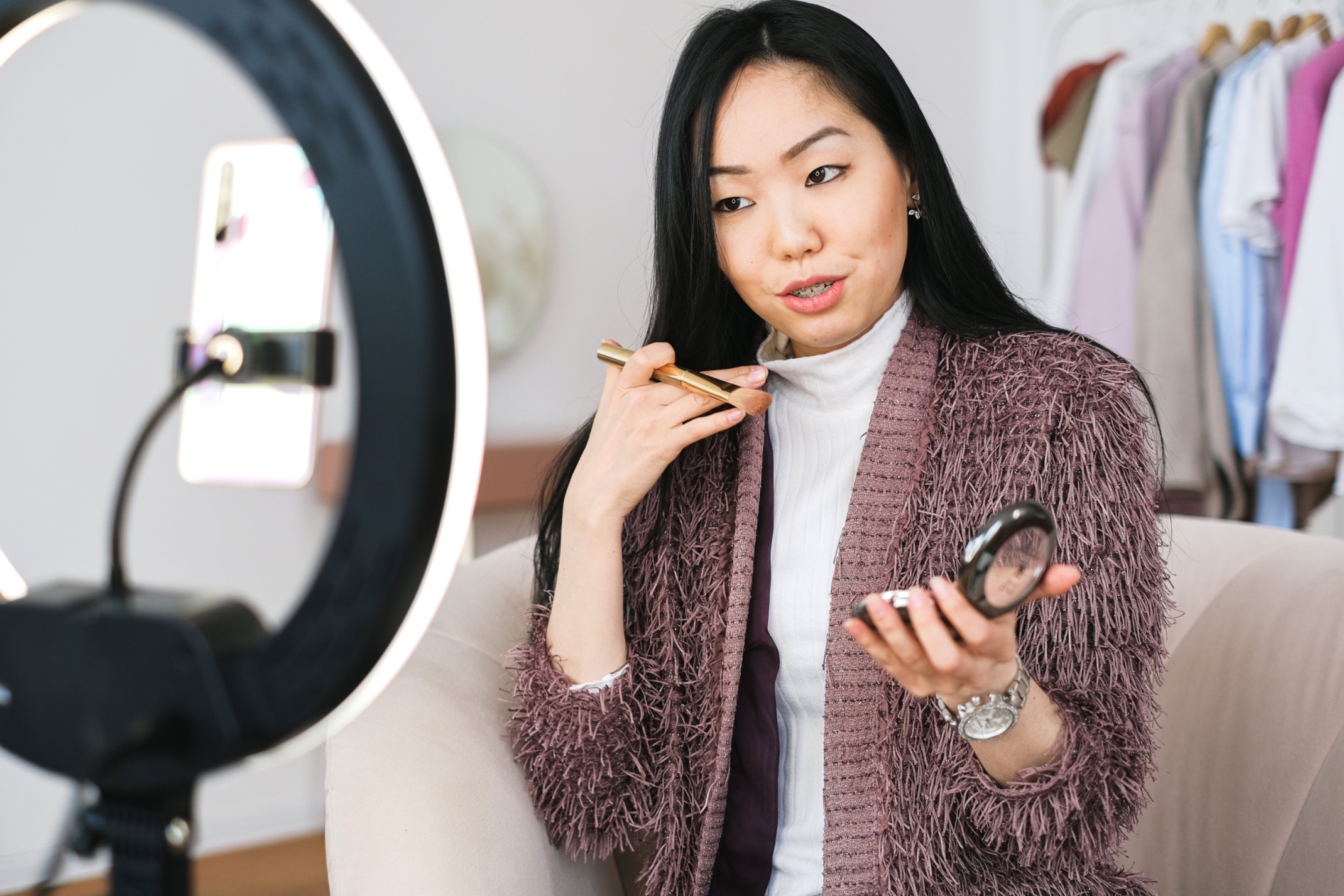Every industry is head on facing the challenges of the global economic downfall. High inflation rates, rising acquisition costs, fall in purchasing power, etc. are but a few horrors for brands. A recession often brings a shift in consumer behaviour, altering purchase patterns and preferences. For beauty brands, these periods necessitate a strategic rethinking to...
Every industry is head on facing the challenges of the global economic downfall. High inflation rates, rising acquisition costs, fall in purchasing power, etc. are but a few horrors for brands. A recession often brings a shift in consumer behaviour, altering purchase patterns and preferences.
For beauty brands, these periods necessitate a strategic rethinking to sustain market presence and maintain consumer engagement. The beauty industry has seen a 7.9% inflation rate over the years. In the face of economic uncertainty, leveraging User-Generated Content (UGC) has emerged as a pivotal tool. Through authentic UGC strategies, beauty brands can not only maintain their customer base but also potentially thrive despite challenging economic conditions.
In this article, we explore the transformative power of UGC and its application in helping beauty brands navigate the complex terrain of a recession.
Adopting Marketing Strategies for Changing Consumer Behaviour
In times of economic downturns, consumer behaviour undergoes significant shifts, requiring beauty brands to adapt their marketing strategies for maximum impact. During recessions, consumers tend to become more discerning in their purchasing decisions. They prioritize value, authenticity, and the overall experience associated with a brand. Understanding these shifts allows beauty brands to tailor their marketing efforts effectively.
UGC, by its nature, aligns with the authenticity and relatability that consumers seek during economic uncertainties. Beauty brands can leverage UGC to showcase real people using and benefiting from their products, creating a genuine connection with potential customers. This user-created content resonates with authenticity, making it a powerful tool to influence consumer behaviour.
UGC allows brands to adapt quickly to the changing needs and preferences of their audience. By monitoring the type of content gaining traction and engagement, brands can tailor their messaging and product offerings to meet the evolving demands of consumers.
Navigating Budget Constraints
Traditional advertisements have taken a backseat due to their time-consuming and notably expensive nature. The significant investment of resources, finances, and time required, combined with the prolonged production period for crafting branded promotional materials, is not cost-effective during this time.
In contrast, leveraging UGC proves to be the ideal solution for your business’s growth during the economic downturn. Content generated by real people—be it your followers, employees, or brand ambassadors—portrays your product or service in an authentic manner. It resonates as more genuine, mirroring the impact of word-of-mouth advertising, all while incurring minimal costs.
Building Trust Through Authenticity
We are living in a creator-driven economy, and this trend aligns with what consumers desire—to see content that feels more authentic rather than strictly branded material.
Living Proof showcases customer reviews and experiences through videos on social media, paid ads, the ecommerce site, and the virtual storefront. This strategy not only helped them gain market share but also assisted in reclaiming their brand voice, experiencing a surge in Google search visibility, and enhancing overall brand awareness.

Seeing real users share their positive experiences with a product can significantly influence the perception of a brand. This content also allows beauty brands to demonstrate the actual effectiveness of their products, a crucial element in standing apart from competition.
UGC plays a strong role in reassurance. Consumers are more inclined to believe their peers than advertisements. By integrating UGC into your marketing strategy, you can create a bond of trust with your customers, reassuring them about the quality and effectiveness of your products. It can help boost sales by providing social proof of a product’s value. Consumers are more likely to purchase a product if they see others speak positively about it.
Creating Community and Connections
Communities act as support systems during challenging times. As a Beauty brand, you can create a virtual space where consumers feel connected, supported, and engaged. This sense of belonging becomes increasingly important during economic downturns when individuals seek shared experiences and advice.
UGC initiatives provide a platform for consumers to share their stories, beauty routines, and product experiences. Whether it’s a challenge, a theme, or a call for personal stories, these campaigns encourage users to actively participate, creating a shared experience. By encouraging users to contribute content, brands not only amplify their reach but also create a collaborative community. This shared content strengthens the bond between consumers and the brand.
User stories shared through UGC can serve as powerful testimonials. During economic uncertainty, potential customers are more likely to trust the experiences of their peers. By showcasing real users and their journeys with the brand, beauty companies humanize their products and build a relatable narrative.
Preparing your Beauty Brand for the Future
As the beauty industry faces economic uncertainties, it becomes imperative for brands to look beyond short-term challenges and focus on building long-term resilience. UGC emerges as a strategic tool not just for surviving recessions but for preparing the brand for sustained growth and relevance in the future.
While the initial focus may be on navigating through economic downturns, beauty brands should view UGC as a long-term strategy. UGC is not a fleeting trend but a dynamic approach that adapts to evolving consumer behaviors. Incorporating UGC into the brand’s DNA ensures continued relevance and resilience beyond economic challenges.
Finally, brands can strategically plan for sustainable growth by integrating UGC into their overall marketing strategy. This involves consistently encouraging user participation, monitoring UGC trends, and aligning the brand’s evolution with the feedback and preferences expressed by the community.
UGC is not only a marketing tool but also a valuable resource for product development. Gleaning insights from UGC to understand what products resonate with their audience can ensure community-driven product development. This allows brands to stay in tune with consumer demands, leading to products that are more likely to succeed in the market.
Conclusion
In wrapping up our exploration of how beauty brands can navigate economic uncertainties with UGC, it’s clear that UGC is more than a temporary solution—it’s a pathway to enduring success. With UGC by their side, beauty brands can create meaningful connections, foster community, and build a future-proof strategy that goes beyond surviving recessions.














